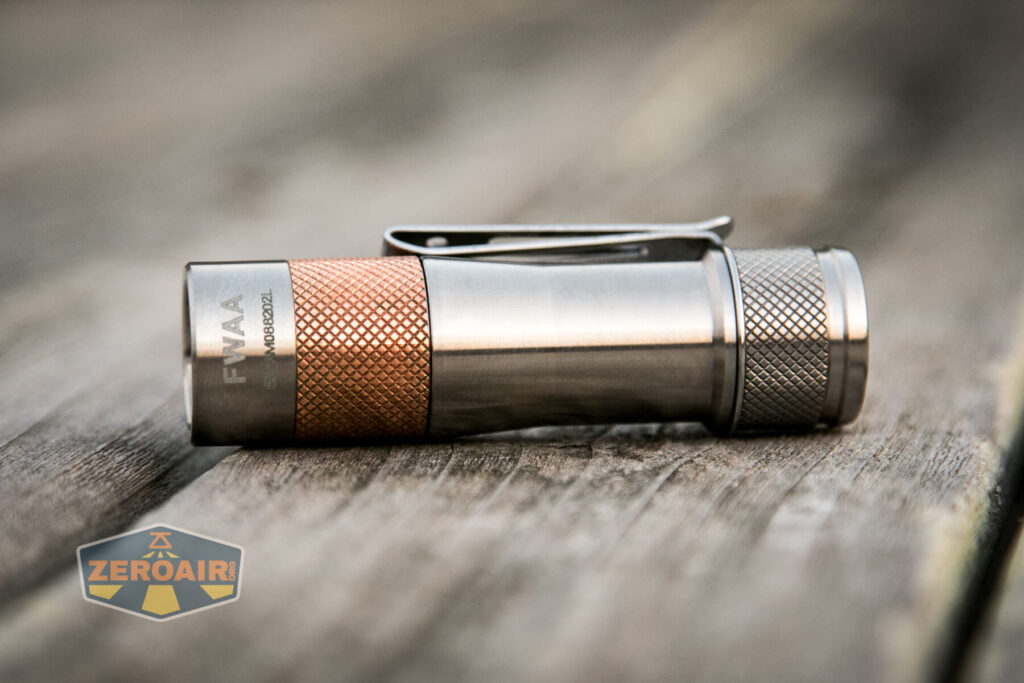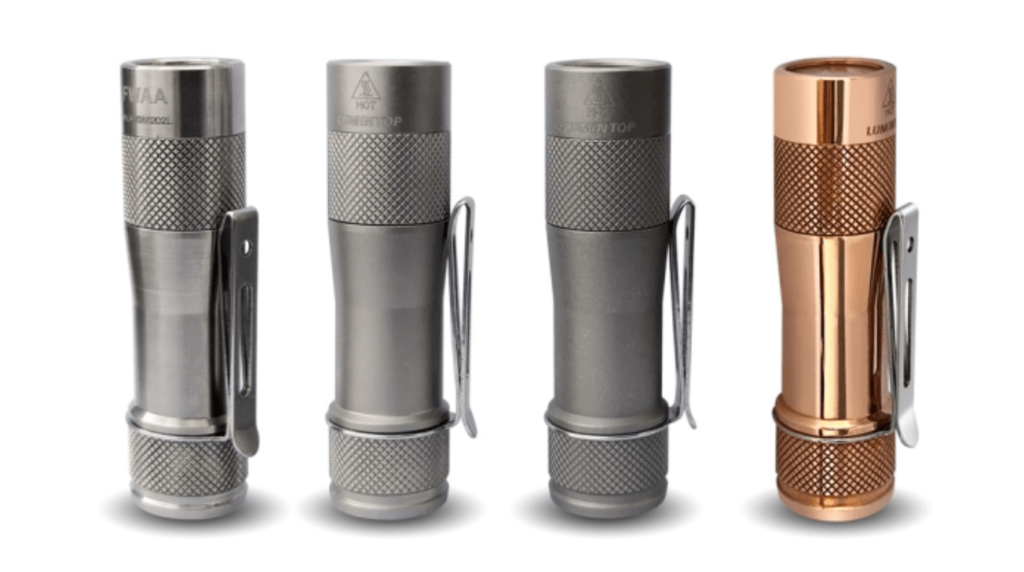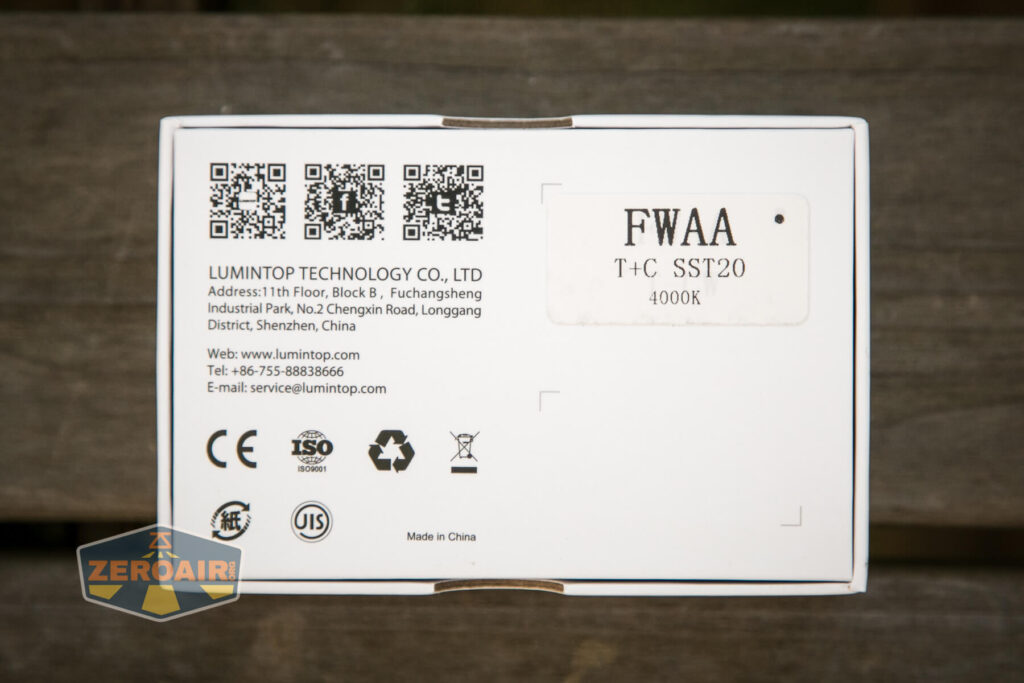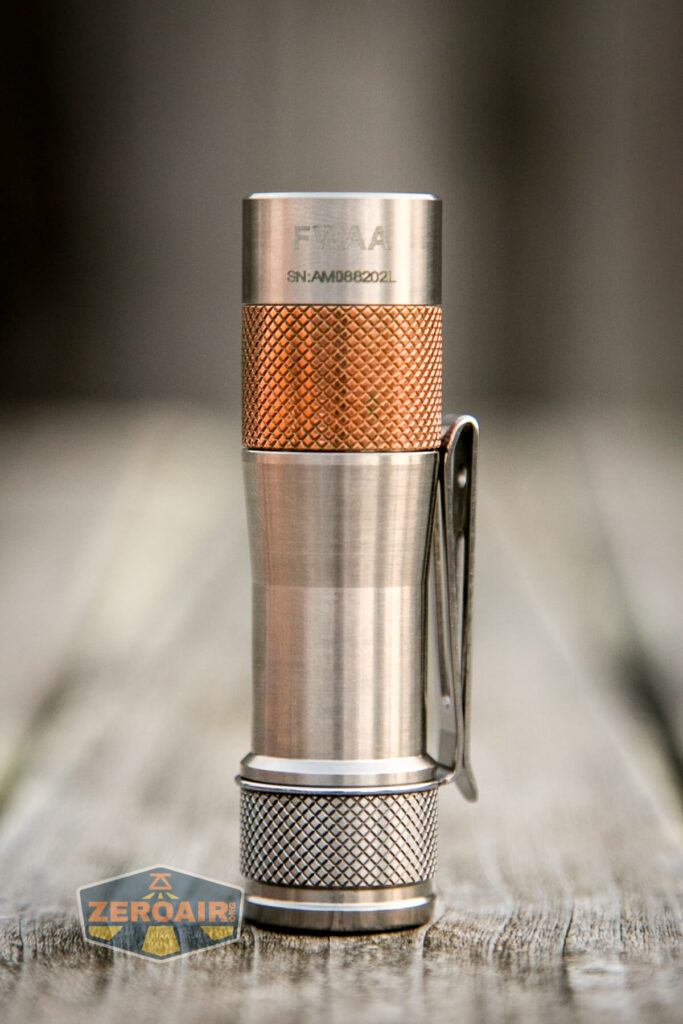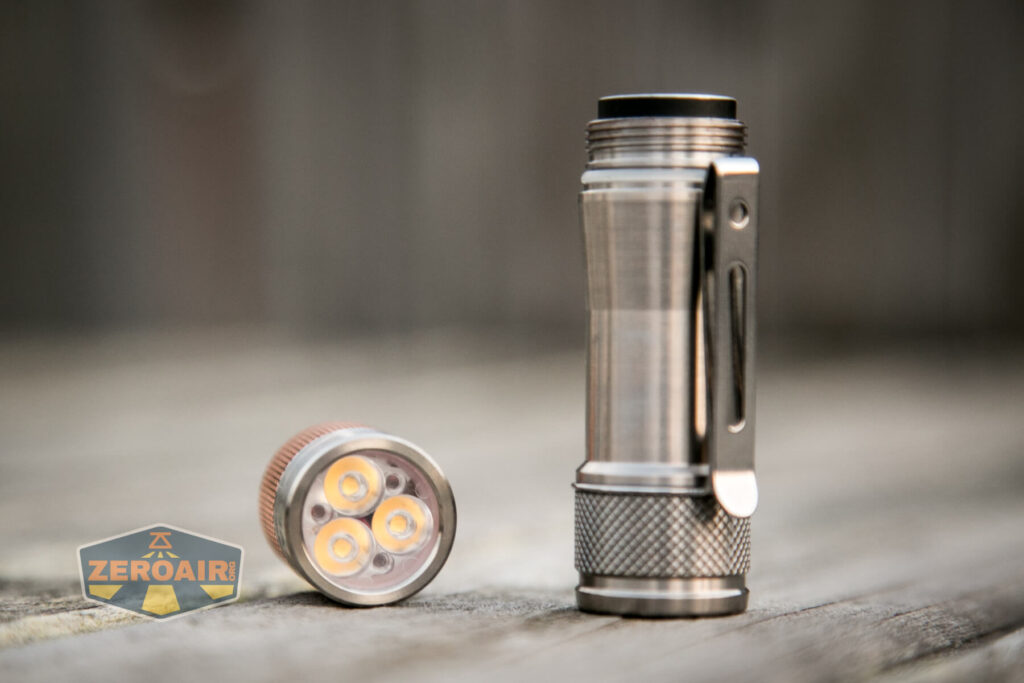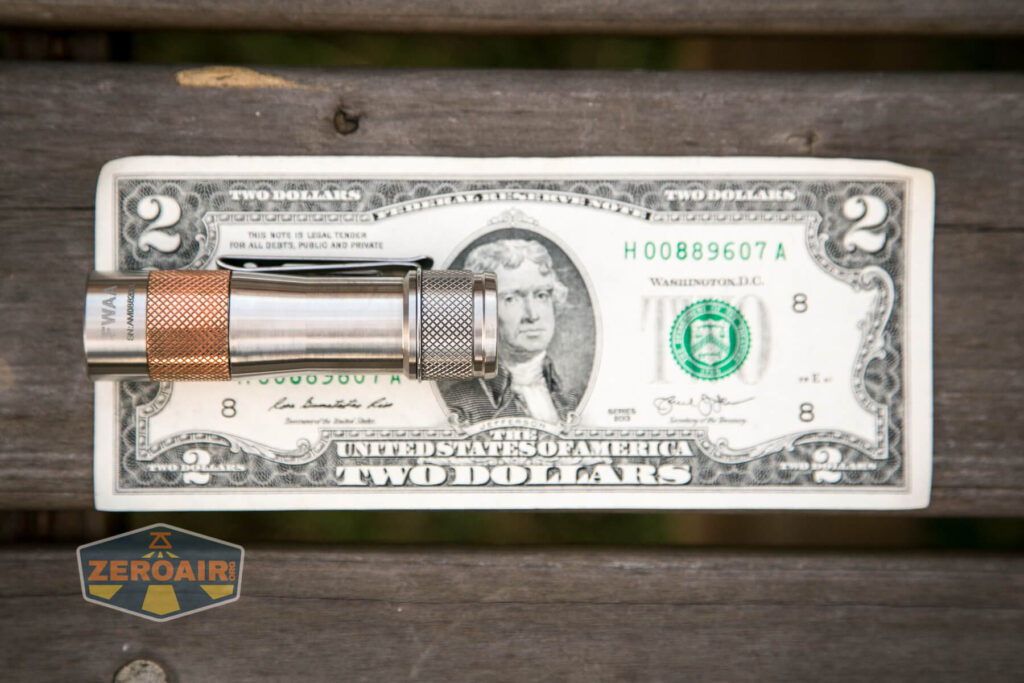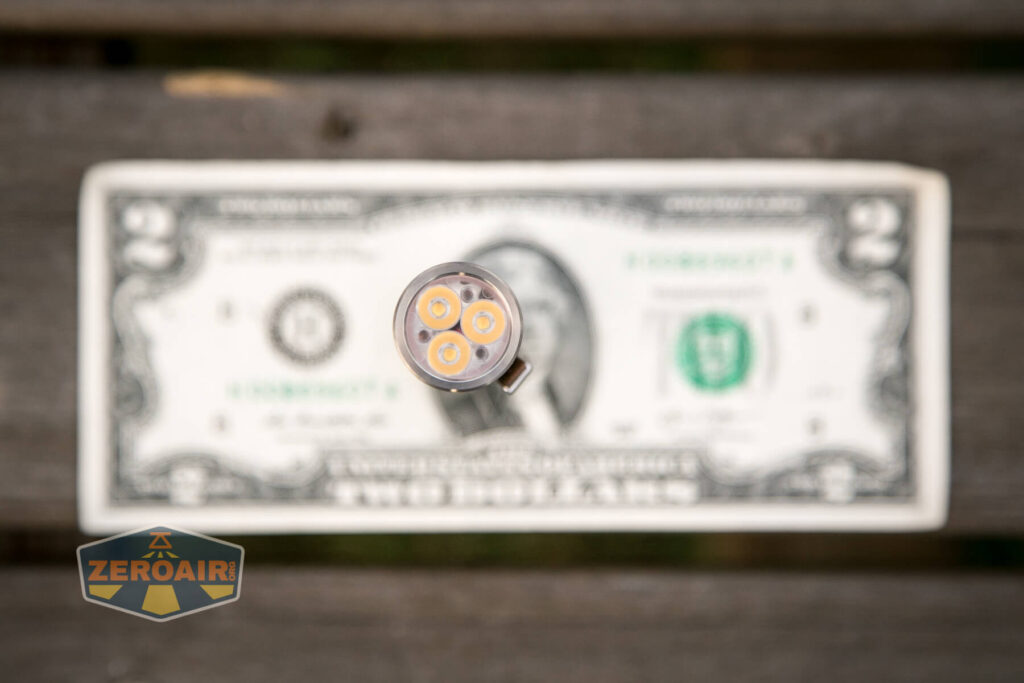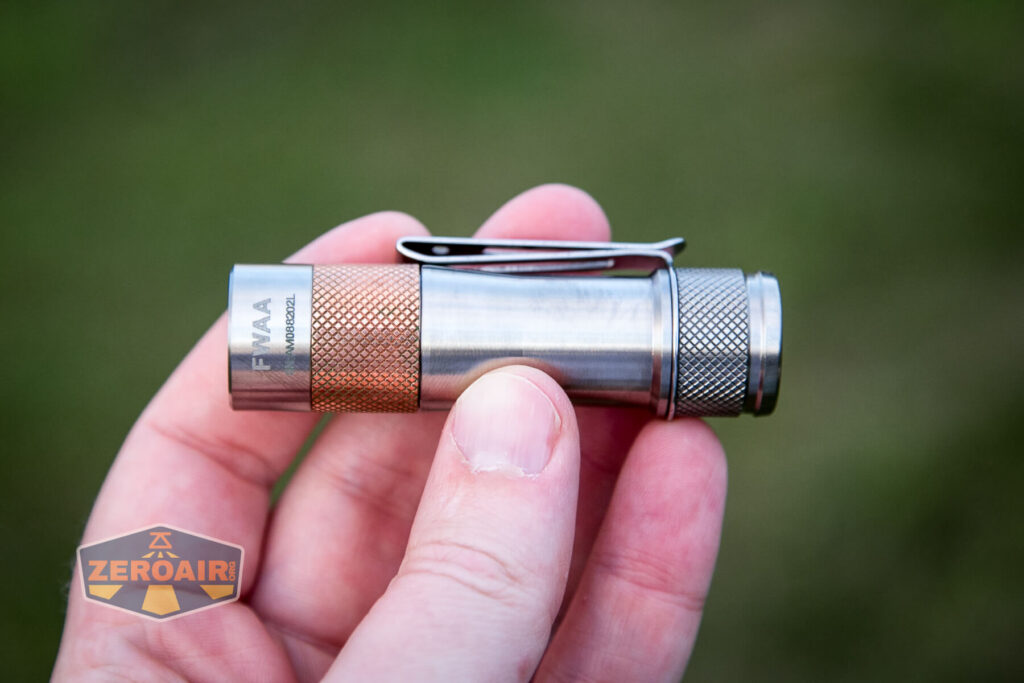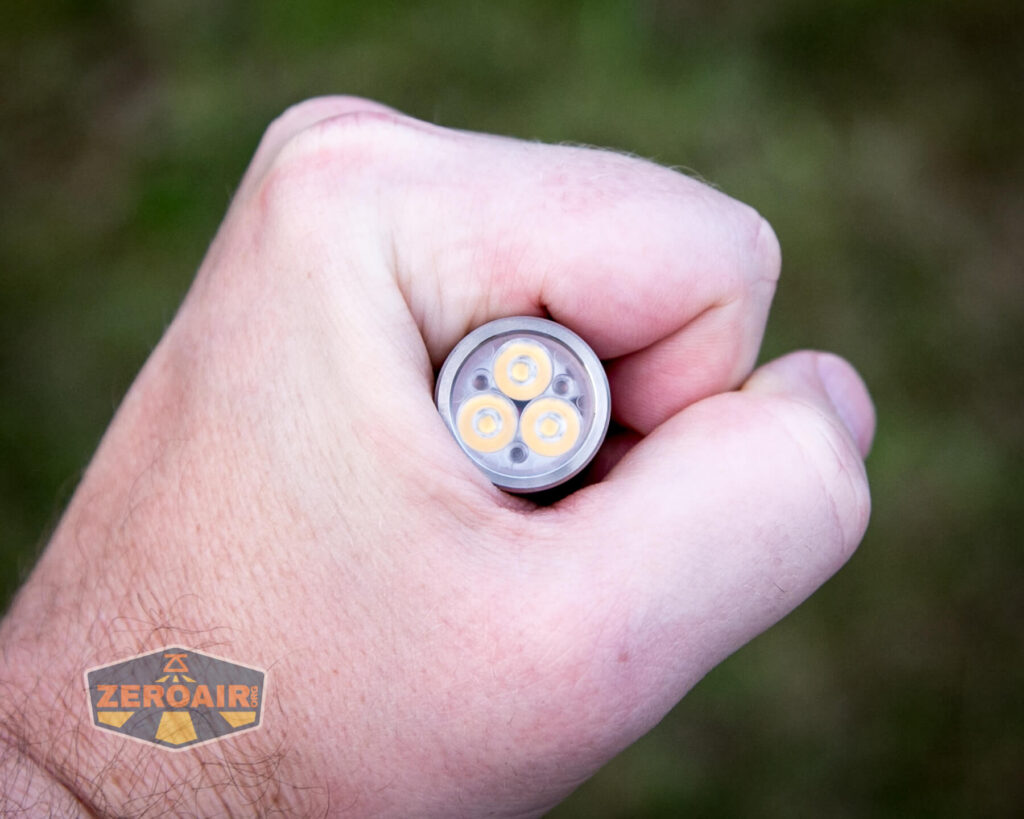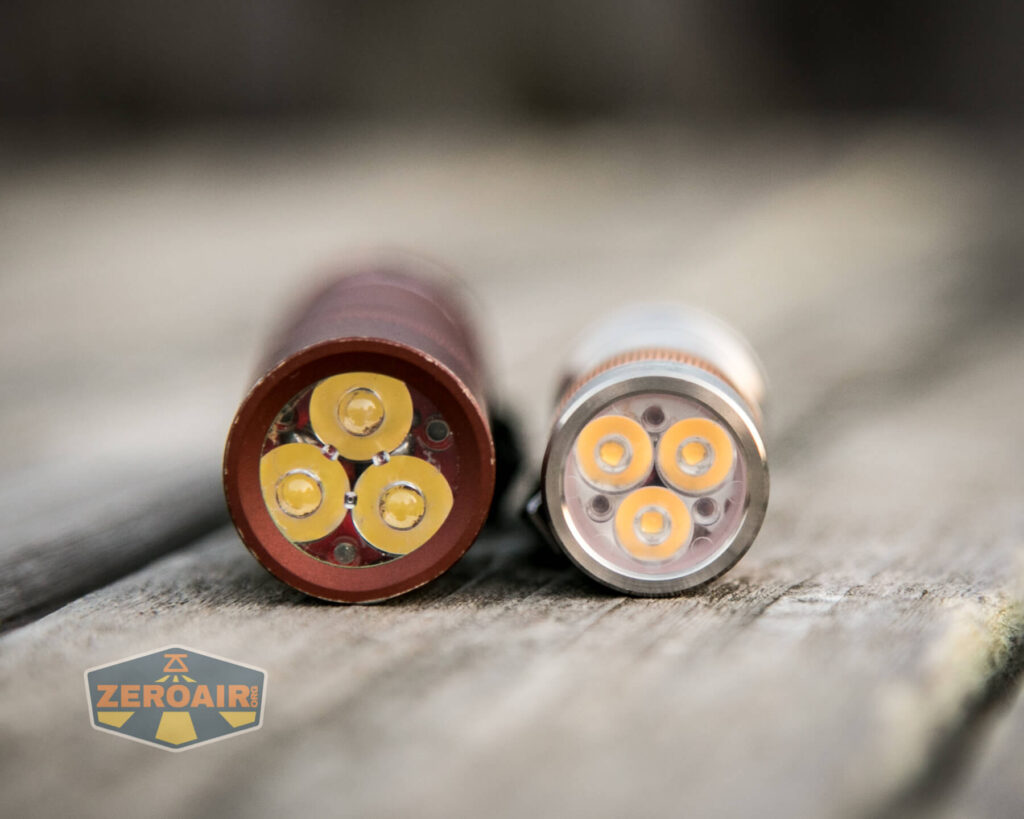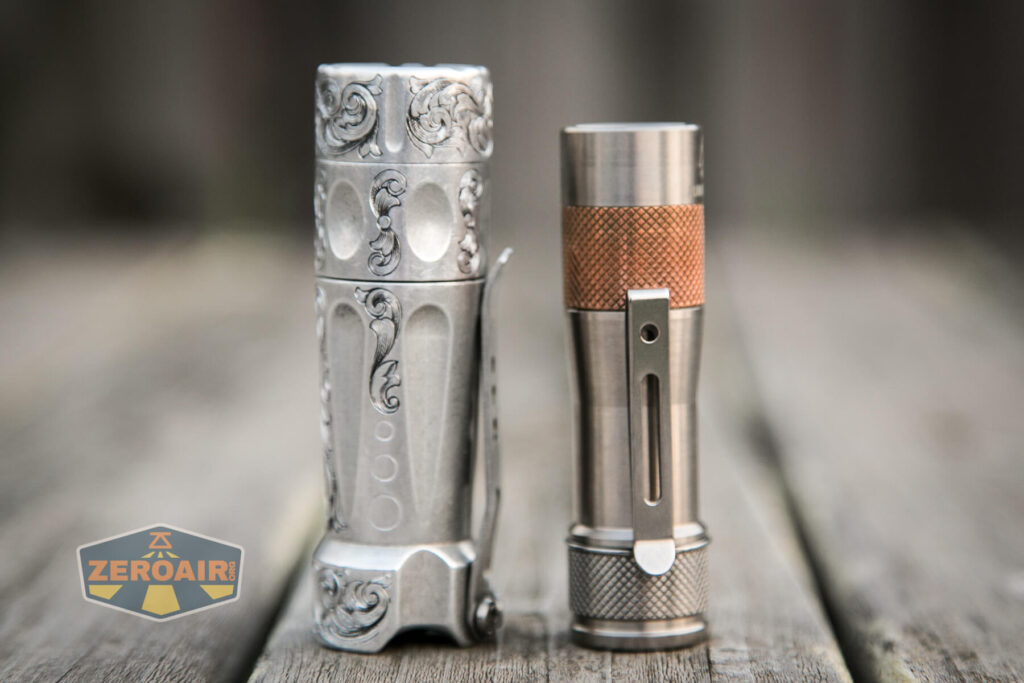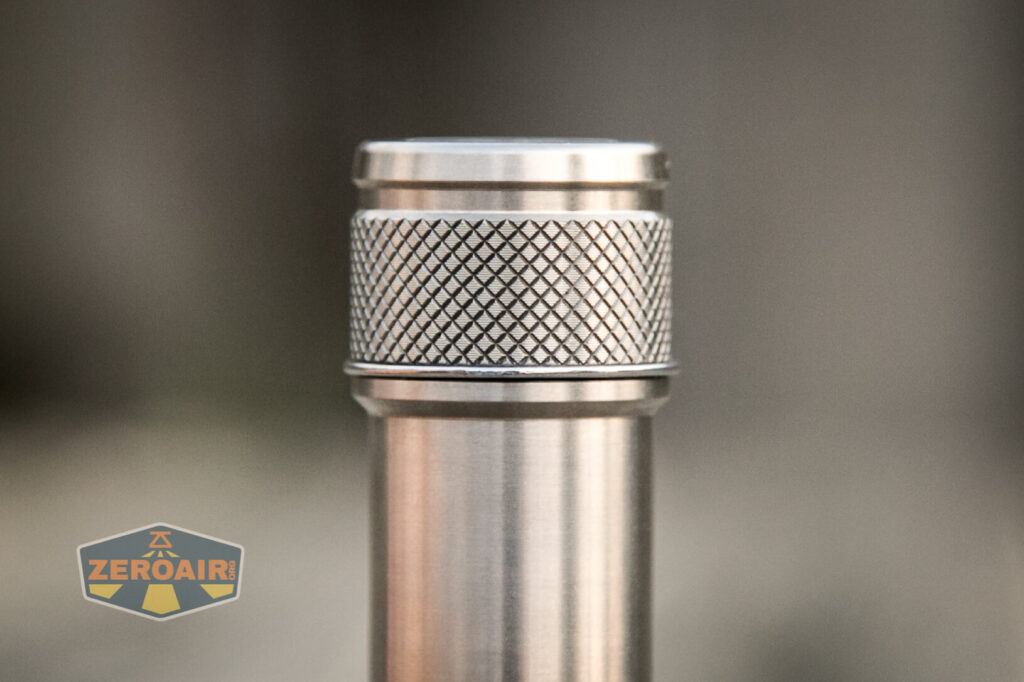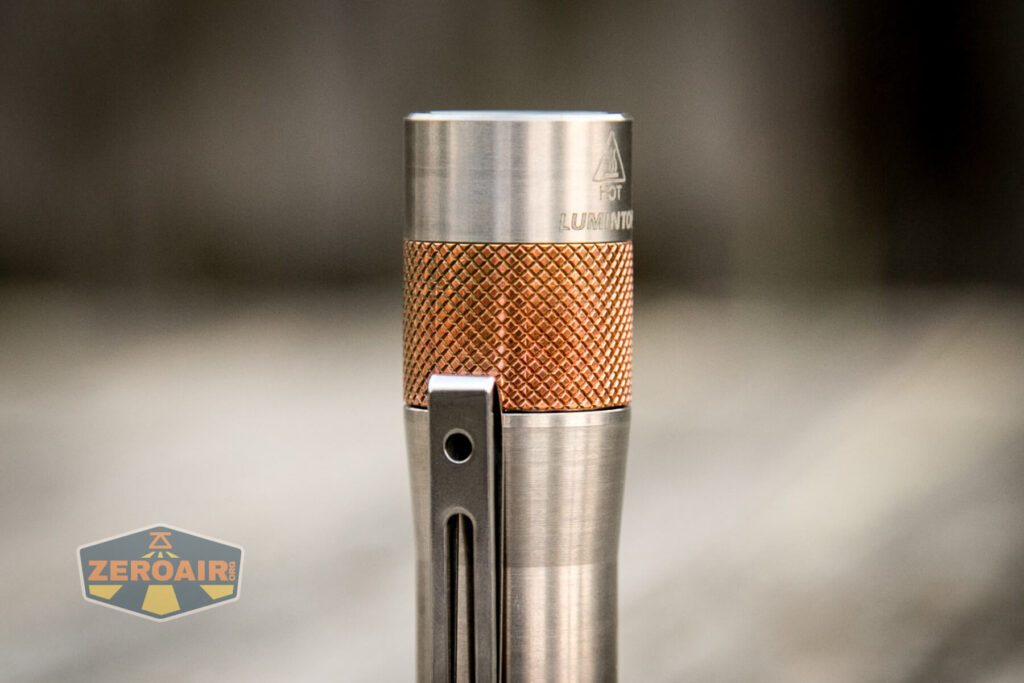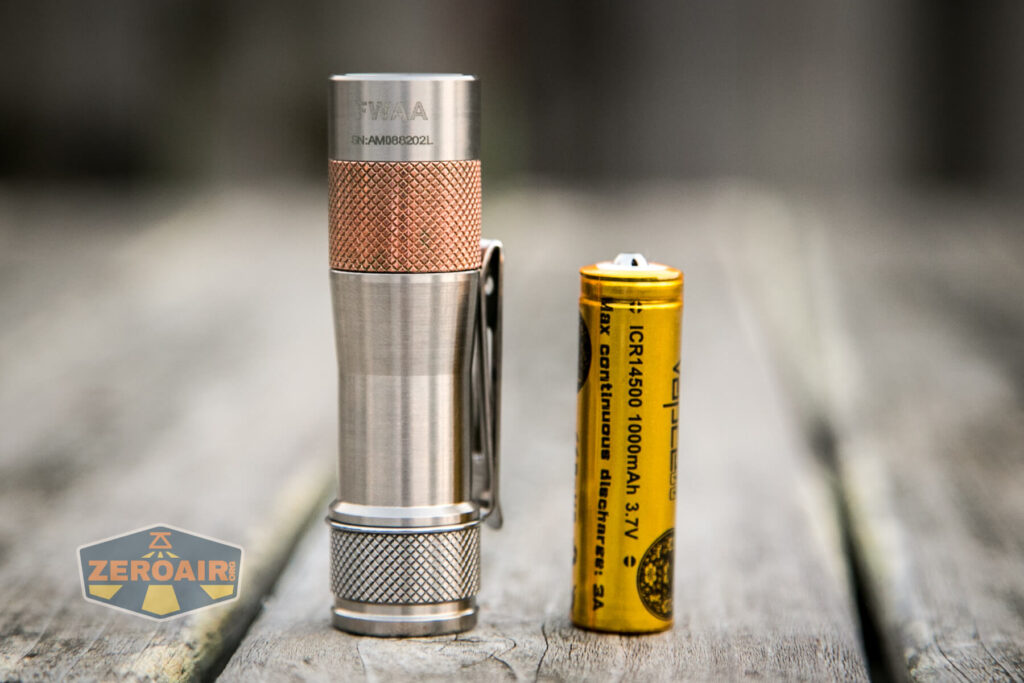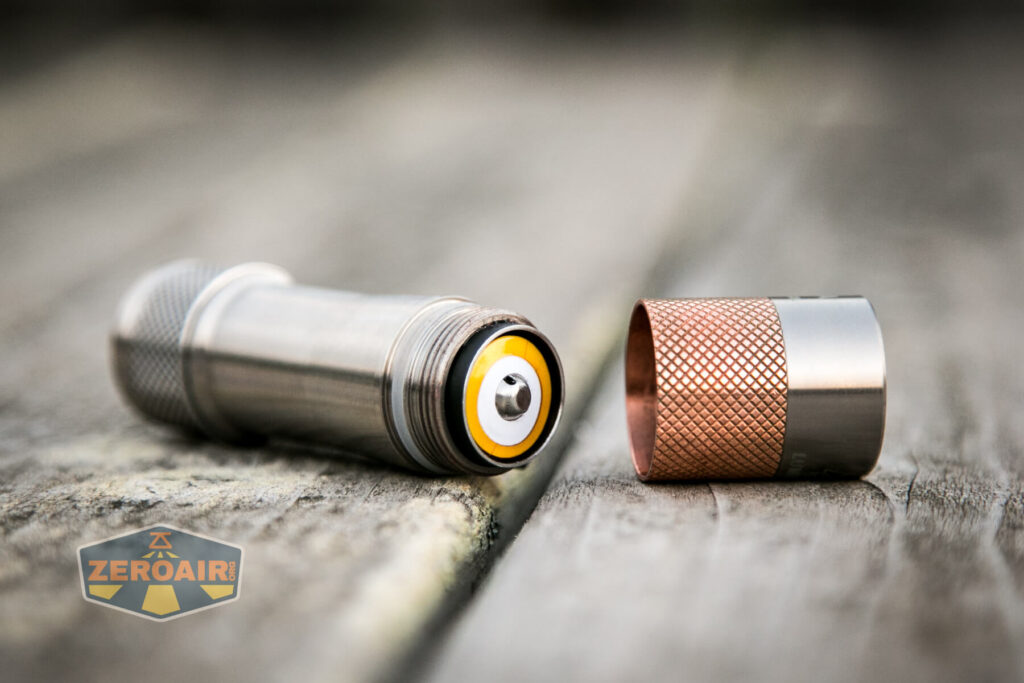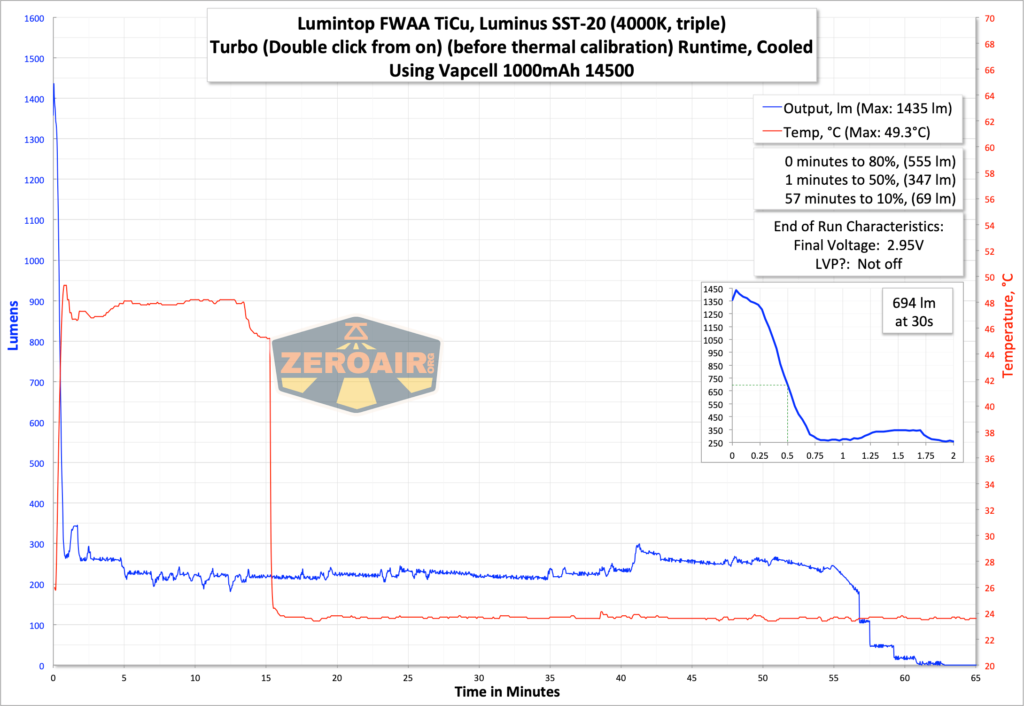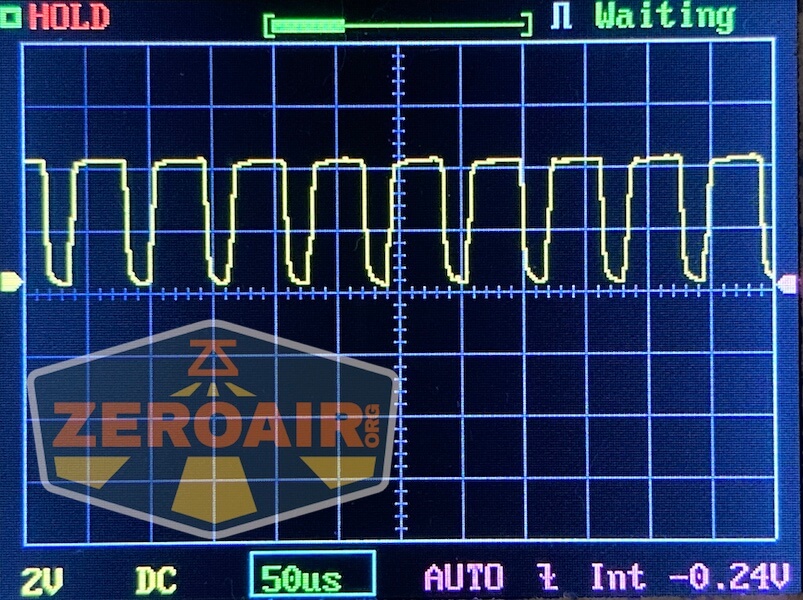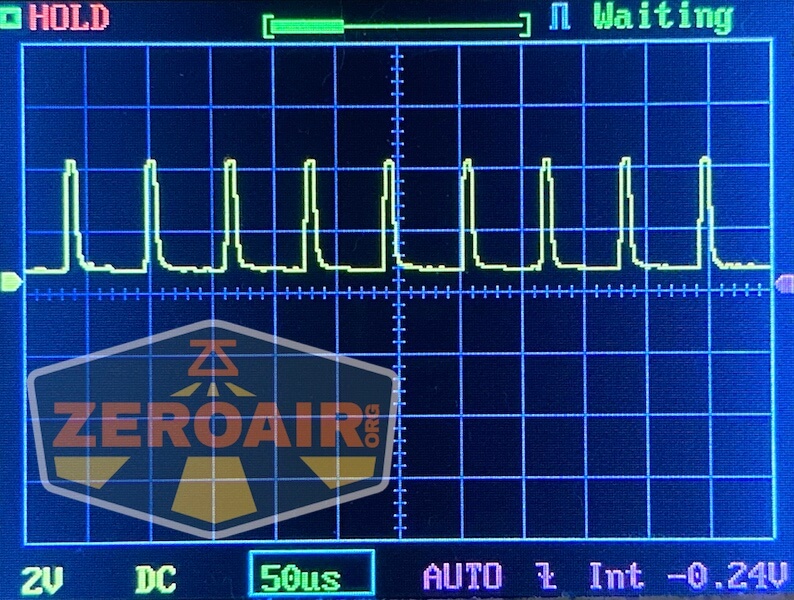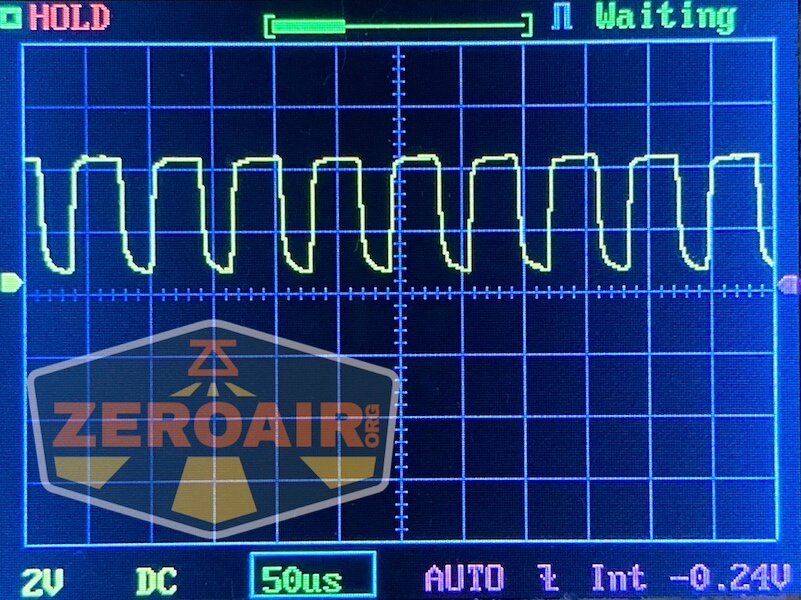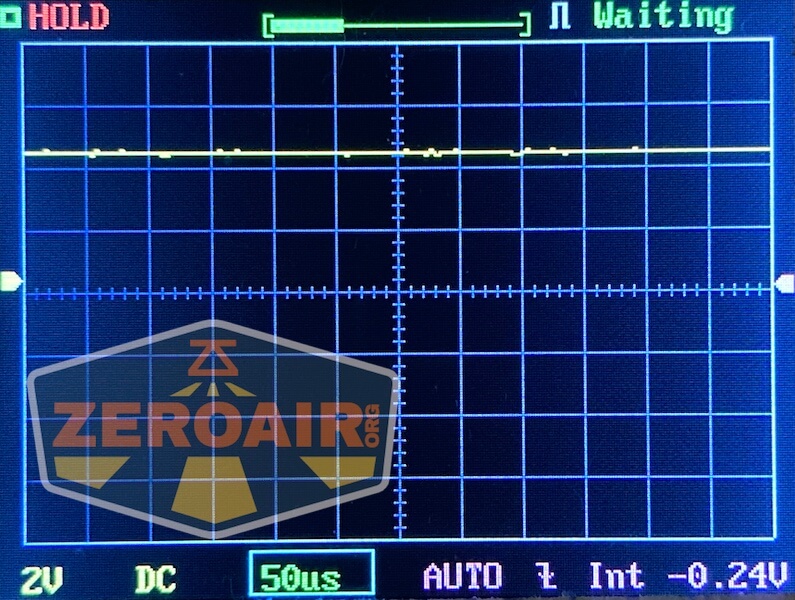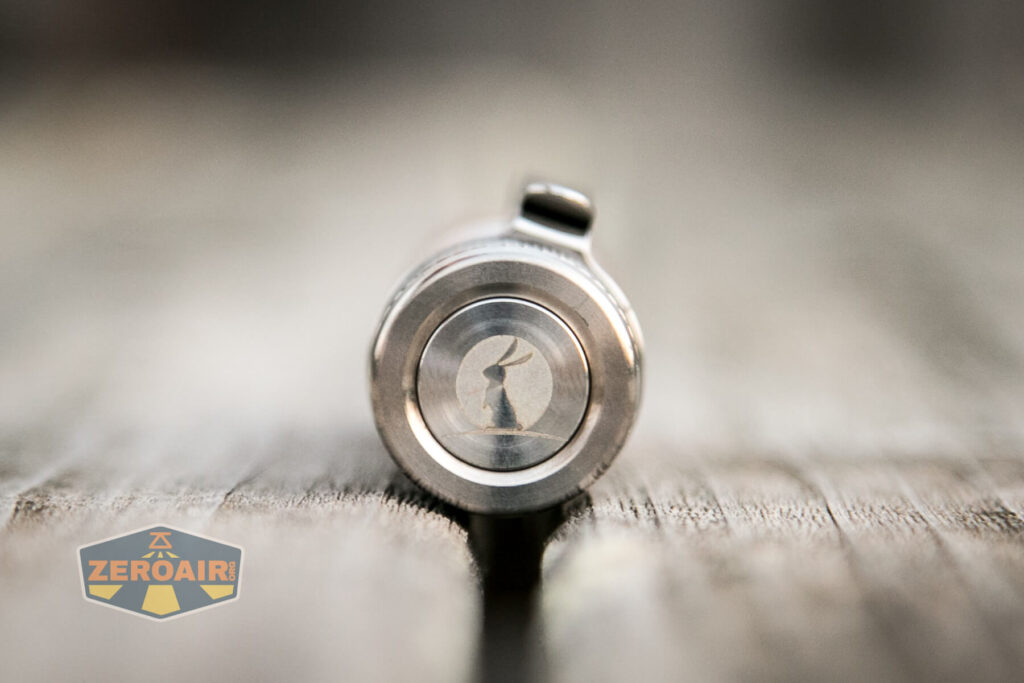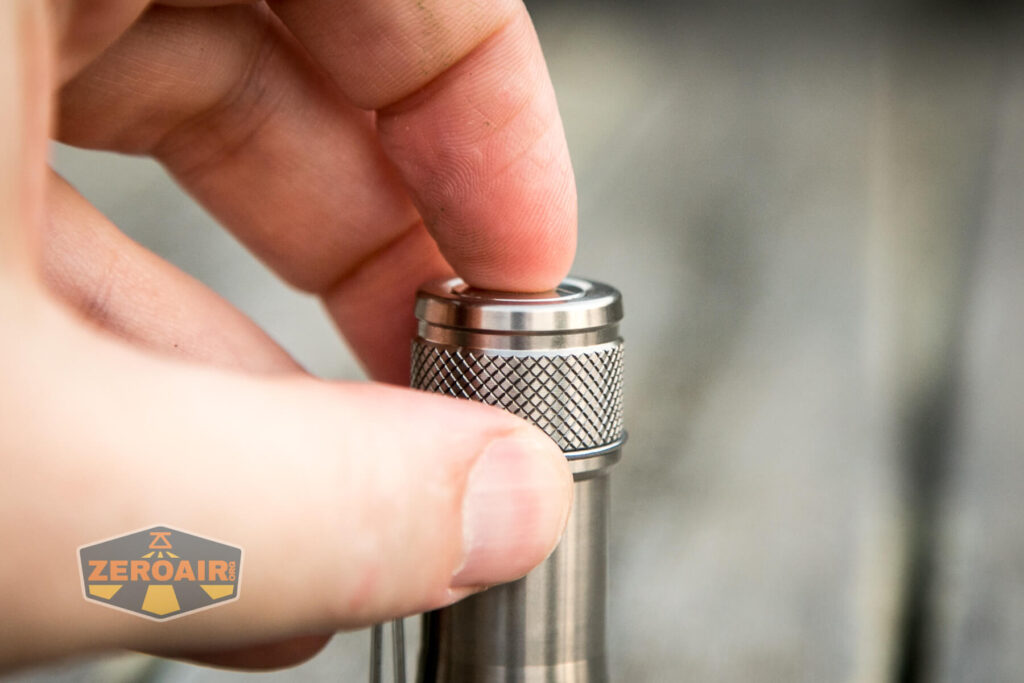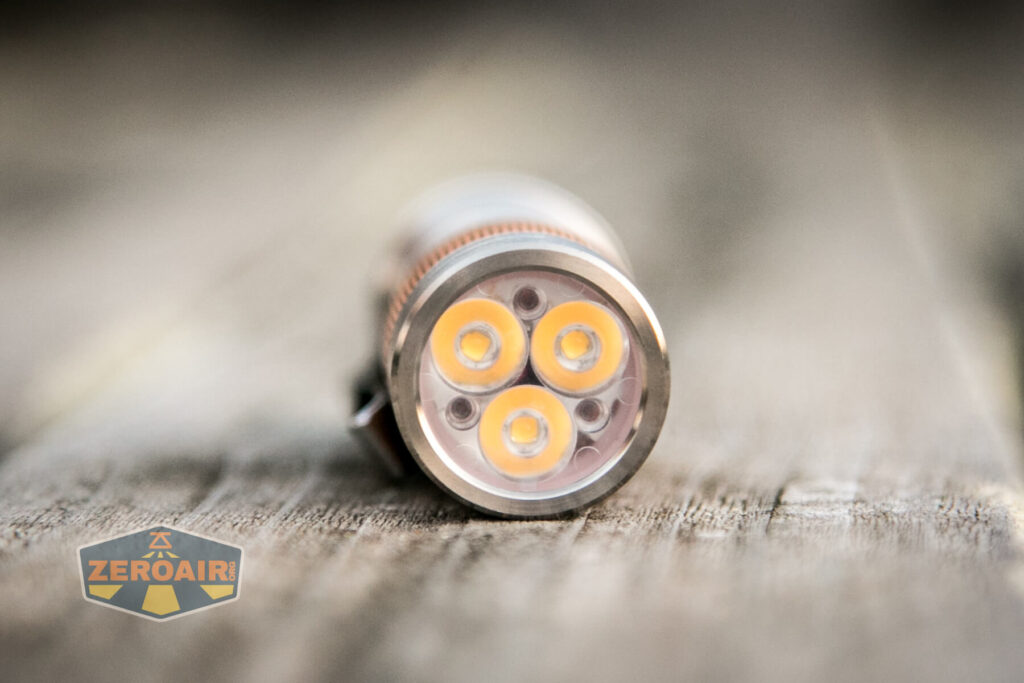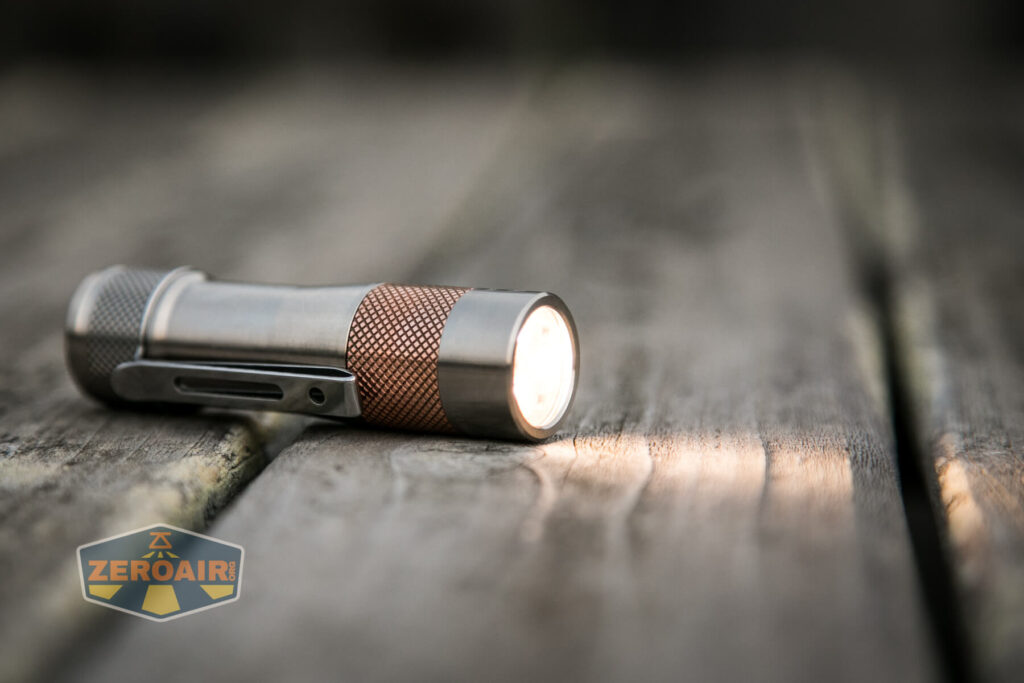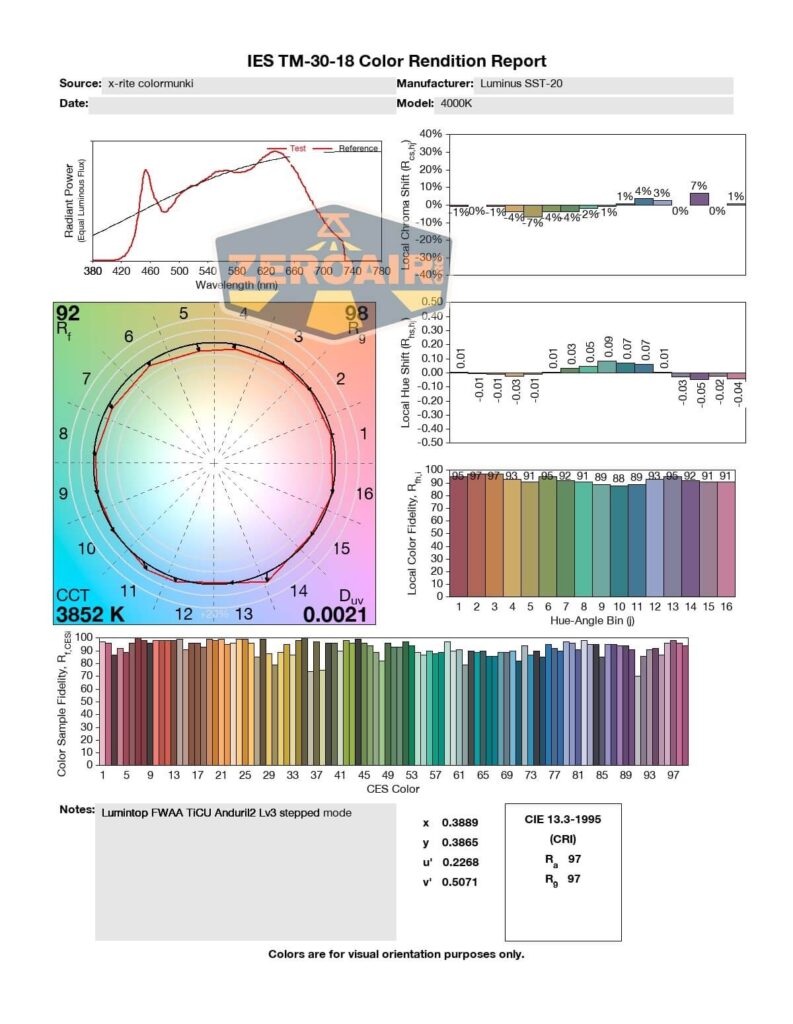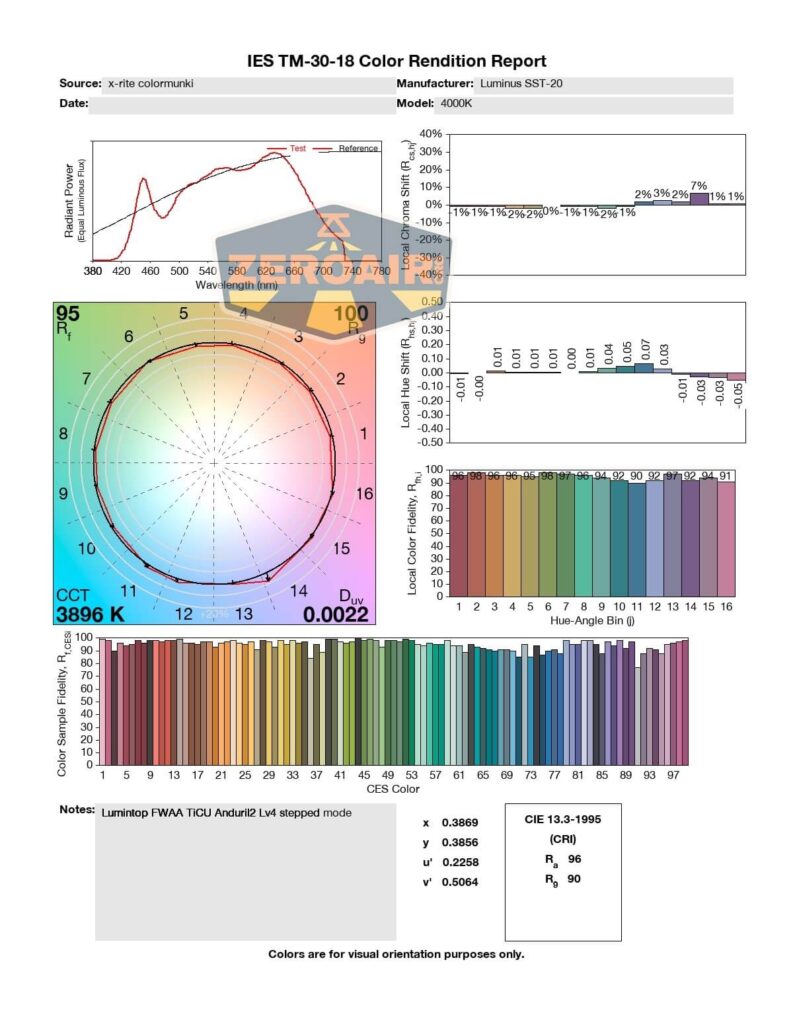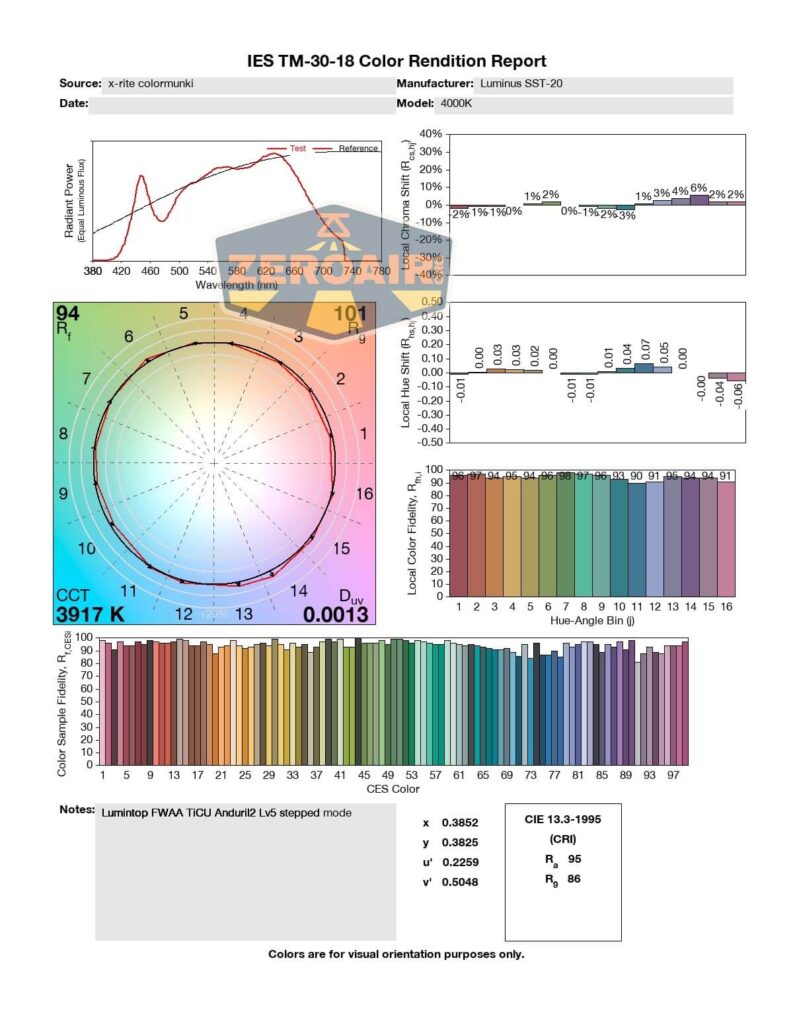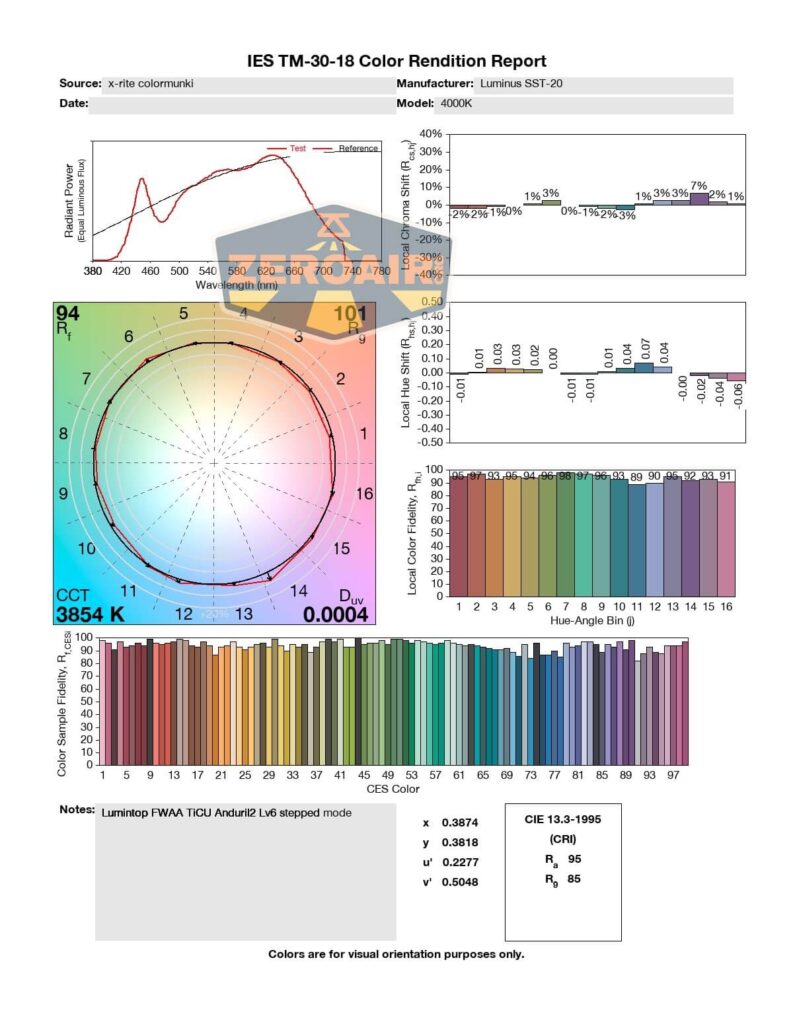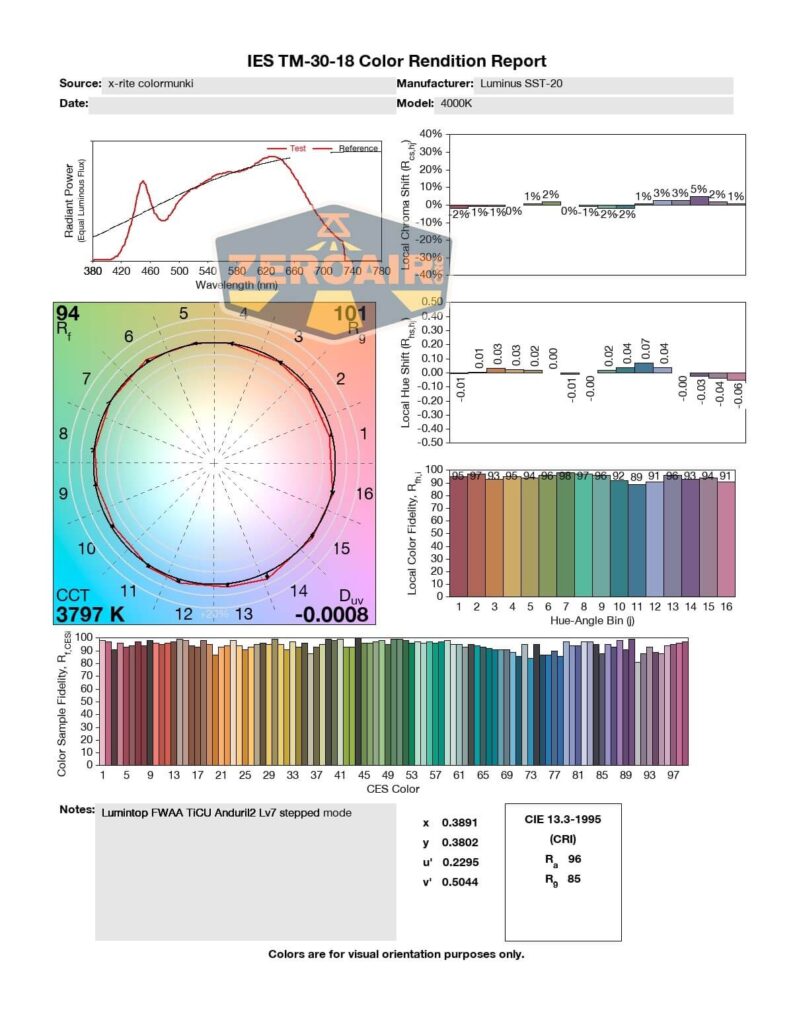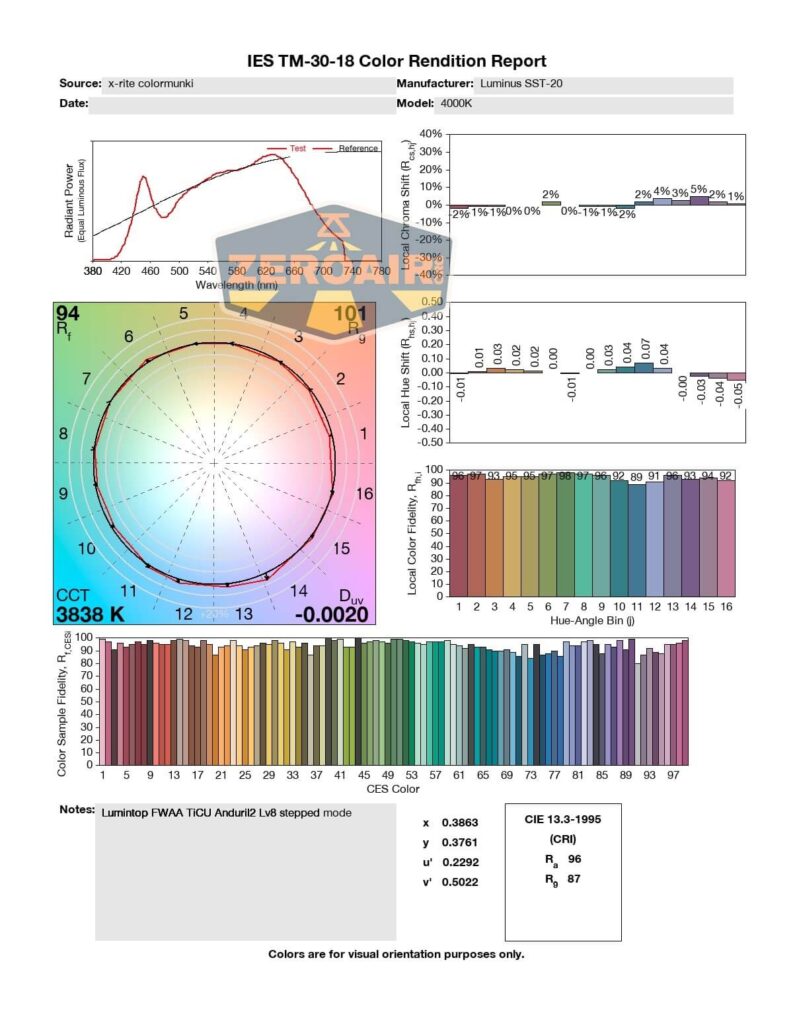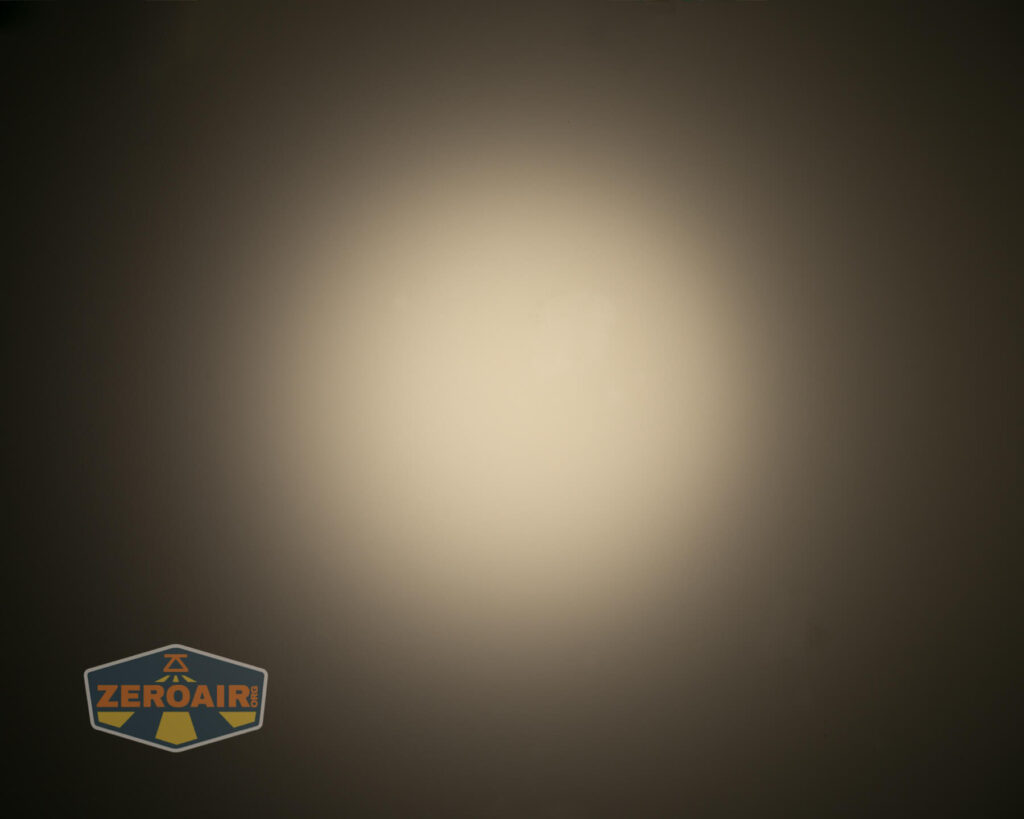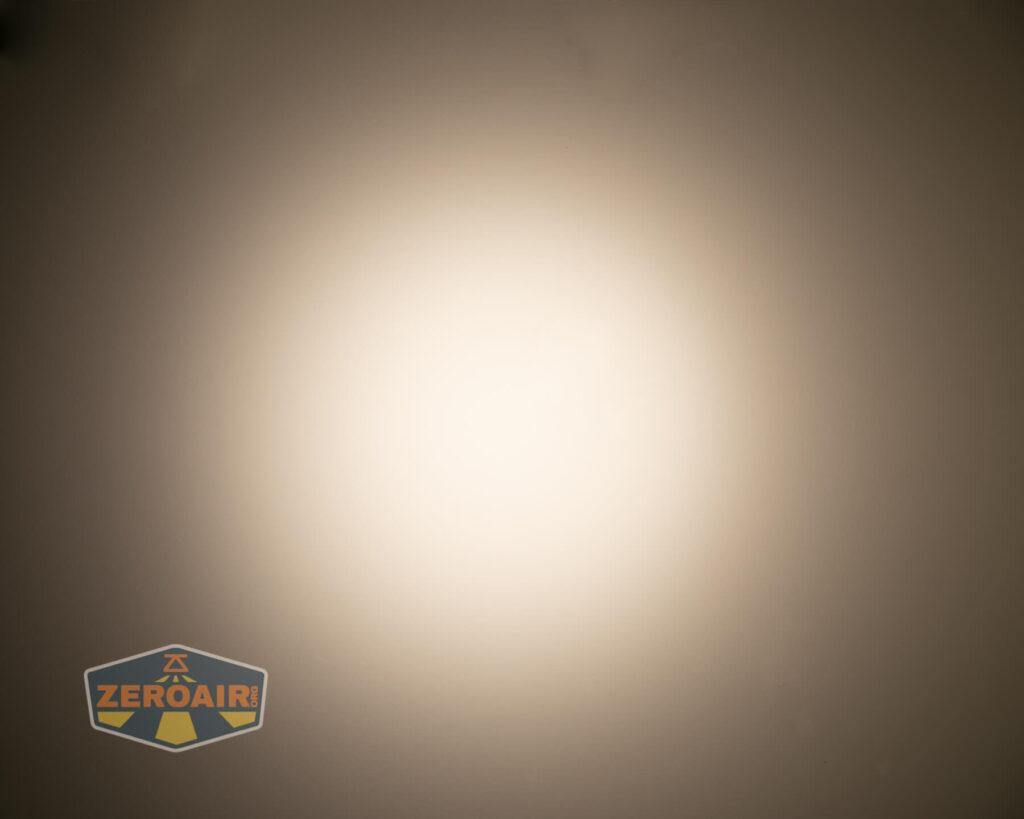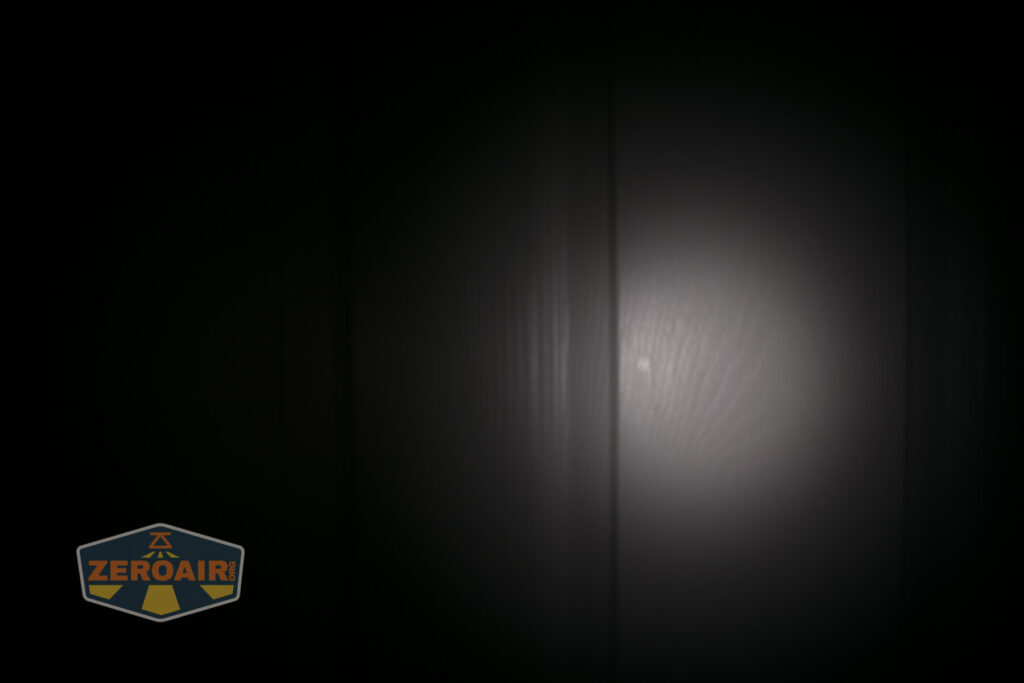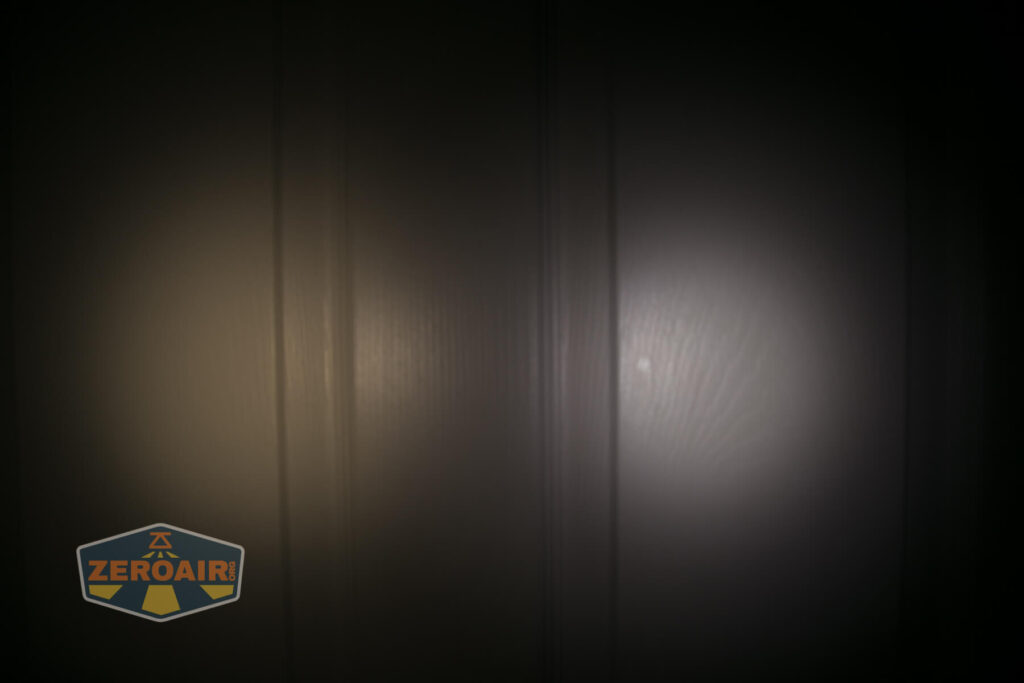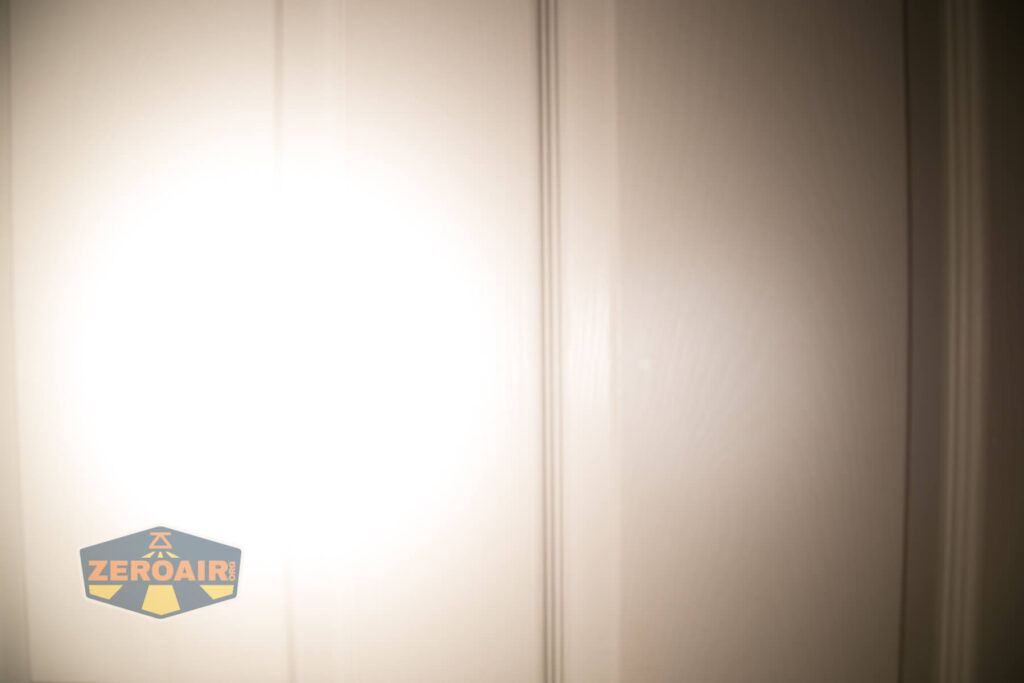Lumintop FWAA TiCU 14500 Flashlight Review
The FWAA has been a popular 14500 flashlight, and Lumintop released the FWAA TiCU version. Same great light, but with a few nice upgrades!
Official Specs and Features
Here’s a link to the official Lumintop FWAA TiCU 14500 flashlight page.
Versions
There are aluminum versions, which I’ve covered twice. Then there are the four options seen above (plus one!). In the titanium/copper body, you can have quite a few emitter options: Cree XP-G3 (6500K), Nichia 219c (3000K, 4000K, 5000K), and Luminus SST-20 (6500K, 4000K).
This sample is a Luminus SST-20 in 4000K. And of course what I have here is a mix of the above titanium and copper parts, which is from NealsGadgets.com.
Price
This specific version sells for $83, but others are more or less costly depending on the details. For example, full titanium is $88-$90, and full copper is around $73. NealsGadgets.com sent the Lumintop FWAA TiCU 14500 flashlight to me for review.
Short Review
This is definitely the Lumintop FWAA to purchase. The aluminum is great, but titanium and copper mixed is just such a great-looking light. I also recommend these emitters, despite throw not really increasing as much as I thought it would with the SST-20 emitters.
Long Review
The Big Table
| Lumintop FWAA TiCU 14500 flashlight | |
|---|---|
| Emitter: | Luminus SST-20 (4000K) |
| Price in USD at publication time: | $83.00 |
| Cell: | 1×14500 |
| Turbo Runtime Graph | Turbo Runtime Graph |
| LVP? | Yes |
| Switch Type: | E-Switch |
| Quiescent Current (mA): | ? |
| On-Board Charging? | No |
| Claimed Lumens (lm) | |
| Measured Lumens (at 30s) | 722 |
| Candela per Lumen | 3.1 |
| Claimed Throw (m) | |
| Candela (Calculated) in cd (at 30s) | 155lux @ 3.216m = 1603cd |
| Throw (Calculated) (m) | 80.1 |
| All my Lumintop reviews! | |
^ Measurement disclaimer: Testing flashlights is my hobby. I use hobbyist-level equipment for testing, including some I made myself. Try not to get buried in the details of manufacturer specifications versus measurements recorded here; A certain amount of difference (say, 10 or 15%) is perfectly reasonable.
What’s Included
- Lumintop FWAA TiCU 14500 flashlight
- Pocket clip (two way)
- Lanyard
- Manual and paper
Package and Manual
Build Quality and Disassembly
Above is a photo of the Lumintop FWAA TiCU 14500 flashlight straight out of the sealed package.
Below is a photo much later, after a bit of use and handling. The change in copper has been minimal but is noticeable.
The build quality here on this Lumintop FWAA TiCU 14500 flashlight is not unlike the other FWAA flashlights. It’s very good; it’s a refined product. In this case, we see titanium and copper being used, which is a great choice for style and performance.
Inside it’s a pretty typical FW light. There’s an inner sleeve, which provides signal to the tail-e-switch. The threads are square-cut and unanodized.
Both head and tail have springs. Neither are particularly robust.
Other users more knowledgeable than I am about drivers say that what Lumintop has about this is inaccurate. Lumintop says it’s a “FET+7+1 driver.” But users who have disassembled (and in fact emitter swapped) this light say it’s a FET+1.
By taking off the head is likely the way you’ll want to swap the cells. This is just a historical way; in early FW lights the tailcap parts could fall out when the tailcap was removed. But on this model (and really, most other FW’s), that’s fixed. So you could swap the cell through the tail end, but you run into other issues, possibly.
One minor complaint about this light is just how easy the bezel unscrews. It’s not loose, but if you aren’t careful, when removing the head you’ll also loosen the bezel. You’ll be able to avoid that with some practice, and I’d much rather have the bezel removable than threadlocked, so it’s still ok.
Size and Comps
Weight: Approximately 50 g without cells
Size: 20.5 mm Ø head x 70.9 mm length.
If the flashlight will headstand, I’ll show it here (usually the third photo). If the flashlight will tailstand, I’ll show that here, too (usually the fourth photo).
Here’s the test light with the venerable Convoy S2+. Mine’s a custom “baked” edition Nichia 219b triple. A very nice 18650 light.
And here’s the light beside my custom-engraved TorchLAB BOSS 35, an 18350 light. I reviewed the aluminum version of that light in both 35 and 70 formats.
Retention and Carry
Unlike my first FWAA, on the Lumintop FWAA TiCU 14500 flashlight version, the pocket clip shipped installed. It’s a two-way pocket clip. This replaces the tactical ring, and the two can’t be used concurrently.
Also unlike either of the other two I have, this version does not ship with a tactical ring.
Power and Runtime
The Lumintop FWAA flashlight is powered by a single lithium-ion cell. The size is 14500. I found that both my button top and flat tops worked fine but I really only had the gold Vapcell you see below in flat/button formats. So really the same cell. This light does not support 1.5V cells!
The cell is installed in the usual way – positive terminal toward the head. You can see below that I have the head removed, as I recommend that you do for cell swaps, too.
Flat or button, Lumintop does specify a max cell length: 50.5mm.
Here are a couple of runtimes. I tested only on the stepped modes since I’d already tested the ramping setup in my previous review. The thermal sensor popped off the light in this first test at around 15 minutes. So past that the thermal is meaningless… But at that point it’s the same as the second test, so temperature should be about equivalent.
I don’t really notice a meaningful difference in thermally calibrated vs not thermally calibrated here.
Pulse Width Modulation
I’ve done mostly the same thing here that I do with other Andúril lights – the lowest mode (far left) is the lowest of ramping. Because that’s much lower than the lowest stepped mode (annoying!). Then from the second photo to the far right is each of the stepped modes (with the far right being the “double click to turbo” mode). All modes except the highest have PWM (again, not a surprise for Andúril, and doesn’t look to have been sped up for Andúril2.
Here you can see a “baseline” – a chart with almost no light hitting the sensor.
Then there’s the Ultrafire WF-602C flashlight, which has some of the worst PWM I’ve seen. It’s so bad that I used a post about it to explain PWM! Here are multiple timescales (10ms, 5ms, 2ms, 1ms, 0.5ms, 0.2ms) to make comparing this “worst” PWM light to the test light easier. That post also explains why I didn’t test the WF-602C at the usual 50us scale.
User Interface and Operation
There’s a single switch for interacting with the Lumintop FWAA 14500 flashlight. It’s an e-switch, with a big metal button.
The light ships with Andúril2, and that makes it my first light with Anduril2! I love it, I think it’s an improvement over the first iteration(s). There are some things some users might not love about it, but I think overall it’s much more approachable. I will note though that the nomenclature might be a bit confusing – the light (all lights with Andúril2) ships in Simple UI. This is not Muggle Mode. You may think “well duh” and by now you’ve already seen the blistering runtime on turbo of Simple, so you get it. But just be aware, don’t hand this light to the uninitiated thinking they won’t set their hand on fire while using Simple UI. Here is where I’d tell you how to switch to muggle mode. There is no muggle mode.
First let me remind you of the manual provided by Lumintop:
This may really be your jam. I find it almost useful. But….
Here’s a user interface table! This table is directly from ToyKeeper’s Andúril2 manual, which you can view here:
http://toykeeper.net/torches/fsm/anduril2/anduril-manual.txt
I am putting this in a table here with ToyKeeper’s permission. Thanks, TK! This is so much better than me writing it because it’s more reliable, and I completely trust its accuracy (at least, if I can paste accurately). I’m breaking it up a little differently than ToyKeeper did, though I certainly understand why it was done her way originally.
First, the table for Either User Interface. These actions work whether you’re in Simple or Advanced UI.
| State | Action | Result |
|---|---|---|
| Off | 1C | On (ramp mode, memorized level) |
| Off | 1H | On (ramp mode, floor level) |
| Off | 2C | On (ramp mode, ceiling level) |
| Off | 3C | Battcheck mode |
| Off | 4C | Lockout mode |
| Off | 13H | Factory reset (on some lights) |
| Off | 15+C | Version check |
| Ramp | 1C | Off |
| Ramp | 1H | Ramp (up, with reversing) |
| Ramp | 2H | Ramp (down) |
| Ramp | 3H | Tint ramping (on some lights) |
| Ramp | 3H | Momentary turbo (on lights without tint ramping) |
| Ramp | 4C | Lockout mode |
| Lockout | 1C/1H | Momentary moon (lowest floor) |
| Lockout | 2C/2H | Momentary moon (highest floor, or manual mem level) |
| Lockout | 4C | On (ramp mode, memorized level) |
| Lockout | 4H | On (ramp mode, floor level) |
| Lockout | 5C | On (ramp mode, ceiling level) |
| Batt check | 1C | Off |
A table for only Simple User Interface:
| State | Action | Result |
|---|---|---|
| Off | 2H | On (momentary ceiling level) |
| Off | 10H | Disable Simple UI |
| Ramp | 2C | Go to/from ceiling |
A table for only Advanced (aka “Full”) User Interface:
| State | Action | Result |
|---|---|---|
| Off | 2H | On (momentary turbo) |
| Off | 3H | Strobe mode (whichever was used last) |
| Off | 5C | Momentary mode |
| Off | 7C | Aux LEDs: Next pattern |
| Off | 7H | Aux LEDs: Next color |
| Off | 10C | Enable Simple UI |
| Off | 10H | Simple user interface ramp config menu (1: floor, 2: ceiling, [3: steps]) |
| Ramp | 2C | Go to/from ceiling (or turbo if at ceil already) |
| Ramp | 3C | Change ramp style (smooth / stepped) |
| Ramp | 5C | Momentary mode |
| Ramp | 5H | Sunset timer on, and add 5 minutes |
| Ramp | 7H | Ramp config menu (1: floor, 2: ceiling, [3: steps]) |
| Ramp | 10C | Turn on manual memory and save current brightness |
| Ramp | 10H | Manual memory config menu (1: off, 2: set timeout) |
| Lockout | 7C | Aux LEDs: Next pattern |
| Lockout | 7H | Aux LEDs: Next color |
| Lockout | 10H | Auto-lock config menu (1: set timeout) |
| Strobe (any) | 1C | Off |
| Strobe (any) | 2C | Next strobe mode |
| Strobe (any) | 3H | Tint ramping (on some lights) |
| Strobe (any) | 5C | Momentary mode (using current strobe) |
| Candle | 1H/2H | Brighter / dimmer |
| Candle | 5H | Sunset timer on, add 5 minutes |
| Party strobe | 1H/2H | Faster / slower |
| Tactical strobe | 1H/2H | Faster / slower |
| Biking | 1H/2H | Brighter / dimmer |
| Lightning | 1H | Interrupt current flash or start new one |
| Batt check | 2C | Next blinky mode (Temp check, Beacon, SOS) |
| Batt check | 7H | Voltage config menu |
| Temp check | 1C | Off |
| Temp check | 2C | Next blinky mode (Beacon, SOS, Batt check) |
| Temp check | 7H | Thermal config menu |
| Beacon | 1C | Off |
| Beacon | 1H | Configure beacon timing |
| Beacon | 2C | Next blinky mode (SOS, Batt check, Temp check) |
| SOS | 1C | Off |
| SOS | 2C | Next blinky mode (Batt check, Temp check, Beacon) |
| Momentary | Any | On (until button is released) |
| Momentary | Disconnect power | Exit Momentary mode |
| Config menus | Hold | Skip current item with no changes |
| Config menus | Release | Configure current item |
| Number entry | Click | Add 1 to value for current item |
To be completely honest, I’m not entirely sure yet what’s the best way to tell if you’re in Simple user interface or Advanced UI. Based on what I see here and with the light in hand, I think the fewest-clicks way will be 3 clicks from on (technically “Ramp” in the table, but I think “On” is accurate.) This action – 3C from Ramp – in Advanced user interface will iterate smooth or stepped. In Simple UI, this action will do nothing. There are other ways, though. For example, double-clicking from the top of the ramp will either do nothing or go to Turbo. If it does nothing, then you’re in Simple. If it goes to 11, then you’re in Advanced.
Another great way to tell, thanks to a reader is to see what the lowest level of ramping is. Advanced user interface has a quite low low. Simple user interface has a much higher “lowest level.”
LED and Beam
This is a triple emitter light – there are three emitters. Mine is a Luminus SST-20 version in 4000K. It’s what I recommended you purchase after my previous two FWAA reviews, which were both Nichia.
The optic is around 17mm, and I couldn’t find a single replacement anywhere for it. It’s a very floody optic (see the table up top for cd/lm). Very floody.
That thing looking like a glow gasket there in the copper bit is not actually a glow gasket.
LED Color Report (CRI and CCT)
Beamshots
These beamshots always have the following settings: f8, ISO100, 0.3s shutter, and manual 5000K exposure. These photos are taken at floor level, and the beam hits the ceiling around 9 feet away.
Tint vs BLF-348 (KillzoneFlashlights.com 219b version) (affiliate link)
I keep the test flashlight on the left and the BLF-348 reference flashlight on the right.
I compare everything to the KillzoneFlashlights.com 219b BLF-348 because it’s inexpensive and has the best tint!
Conclusion on the Lumintop FWAA TiCU 14500 Flashlight
What I like
- It’s a small FW series light!
- Works with Button and Flat top 14500 cells
- Output is really massive
- Pocket clip can go on the head as well as the tail
- Collar clips are great!
- Many emitter options
- Warm emitter options
- Andúril2!!
What I don’t like
- Steps down before the official specs can be met (though I don’t really think that’s necessarily a bad thing – there’d be a lot of heat to manage…. (so lower the specs)).
- Two-way pocket clip
- Very floody, and no narrow 17mm optic replacements available
- PWM
- Doesn’t support AA (1.5V) cells. I can kind of allow this, but it’s worth mentioning.
Notes
- This light was provided by NealsGadgets.com for review. I was not paid to write this review.
- This content originally appeared at zeroair.org. Please visit there for the best experience!
- For flashlight-related patches, stickers, and gear, head over to PhotonPhreaks.com!
- Please use my Amazon.com referral link to help support zeroair.org!
- Please support me on Patreon! I deeply appreciate your support!


